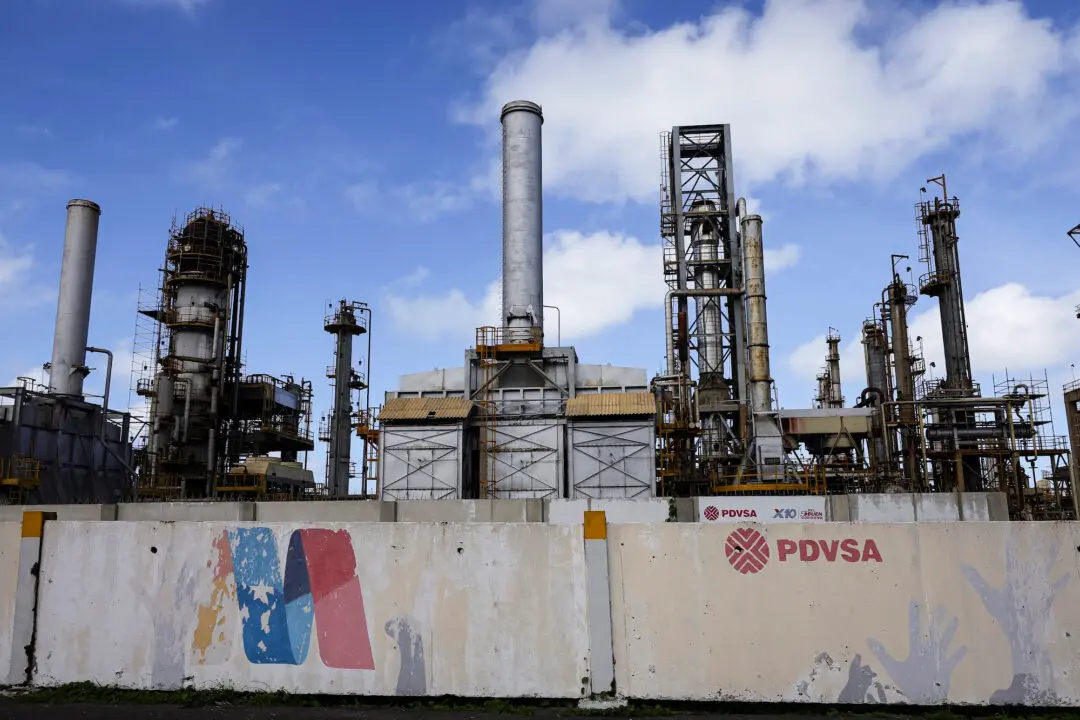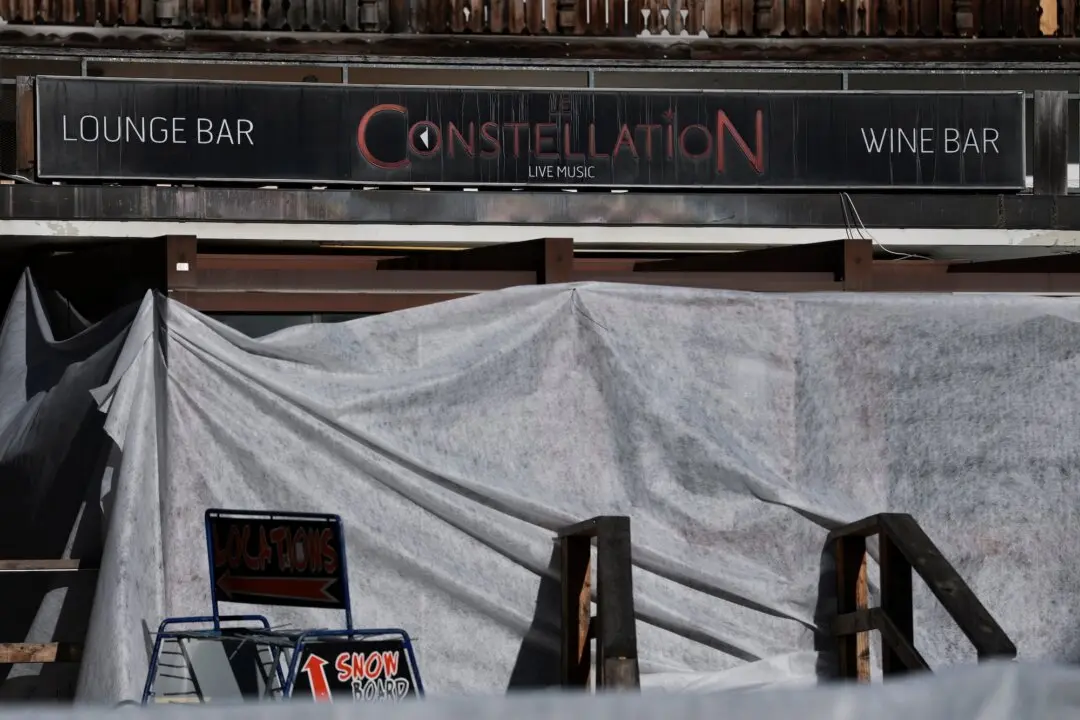New York’s COVID-19 nursing death toll has soared after the administration of Gov. Andrew Cuomo released additional data after the state Supreme Court ordered its release following a Freedom of Information Law (FOIL) request.
The new disclosure, released on Feb. 10, was prompted by a FOIL application by the Empire Center, a think tank.





